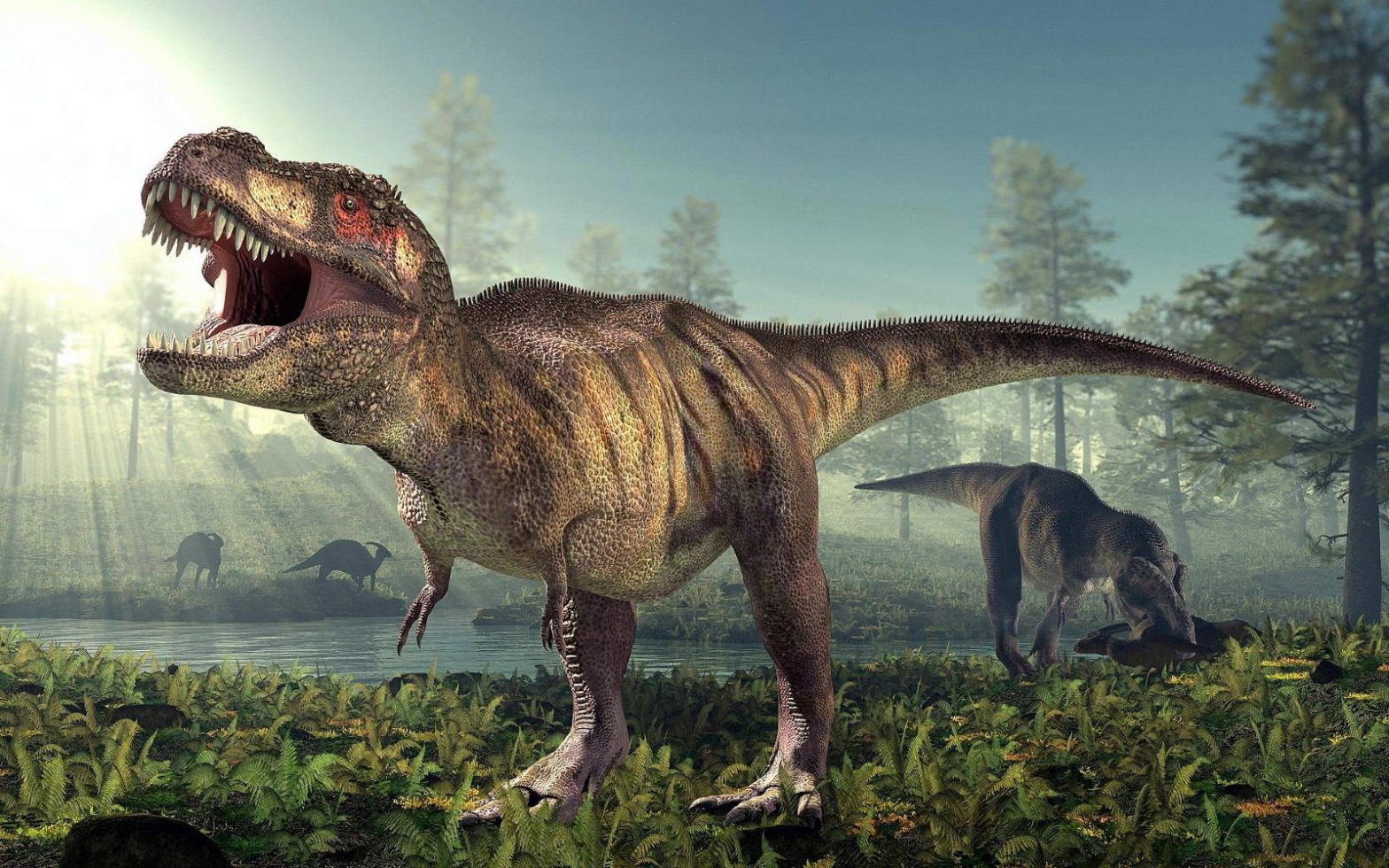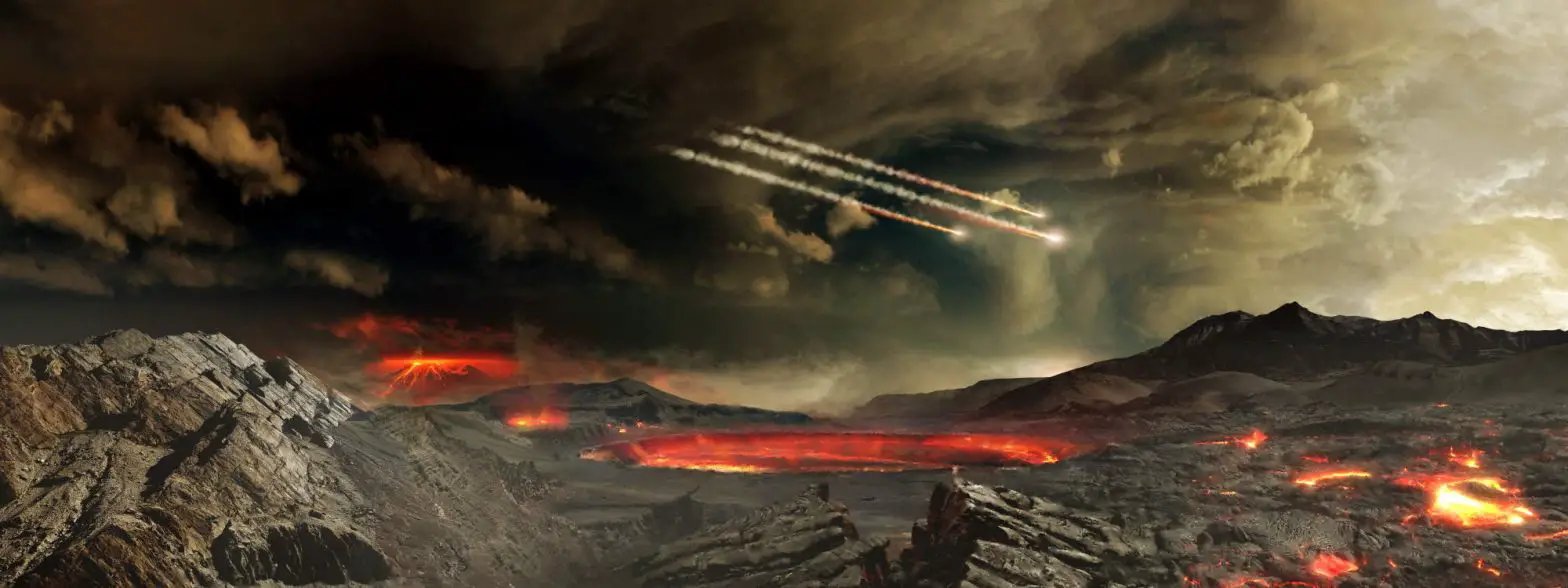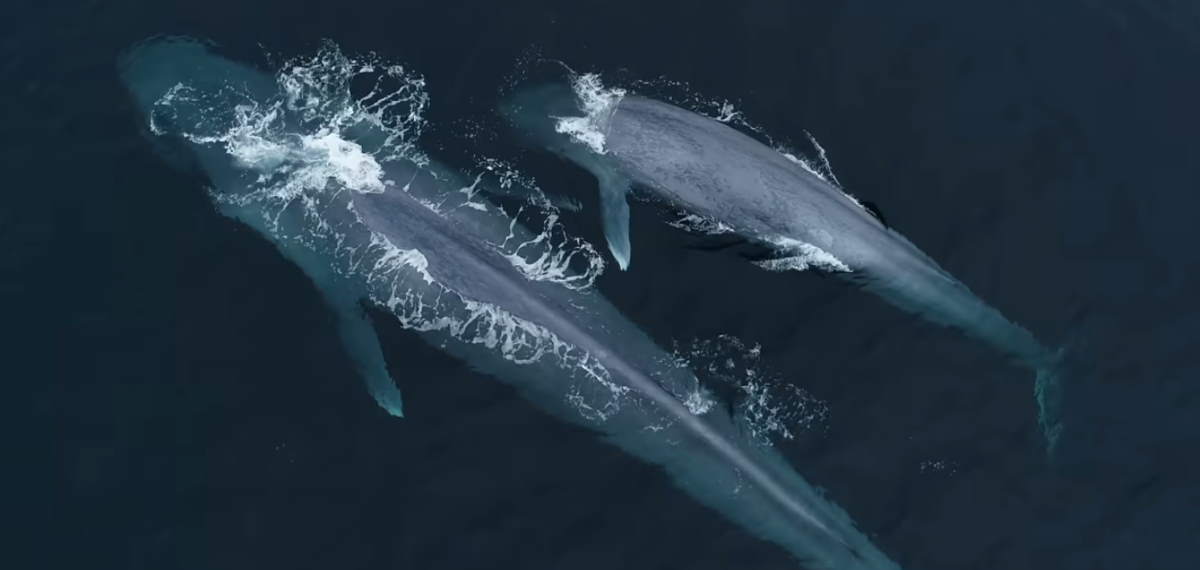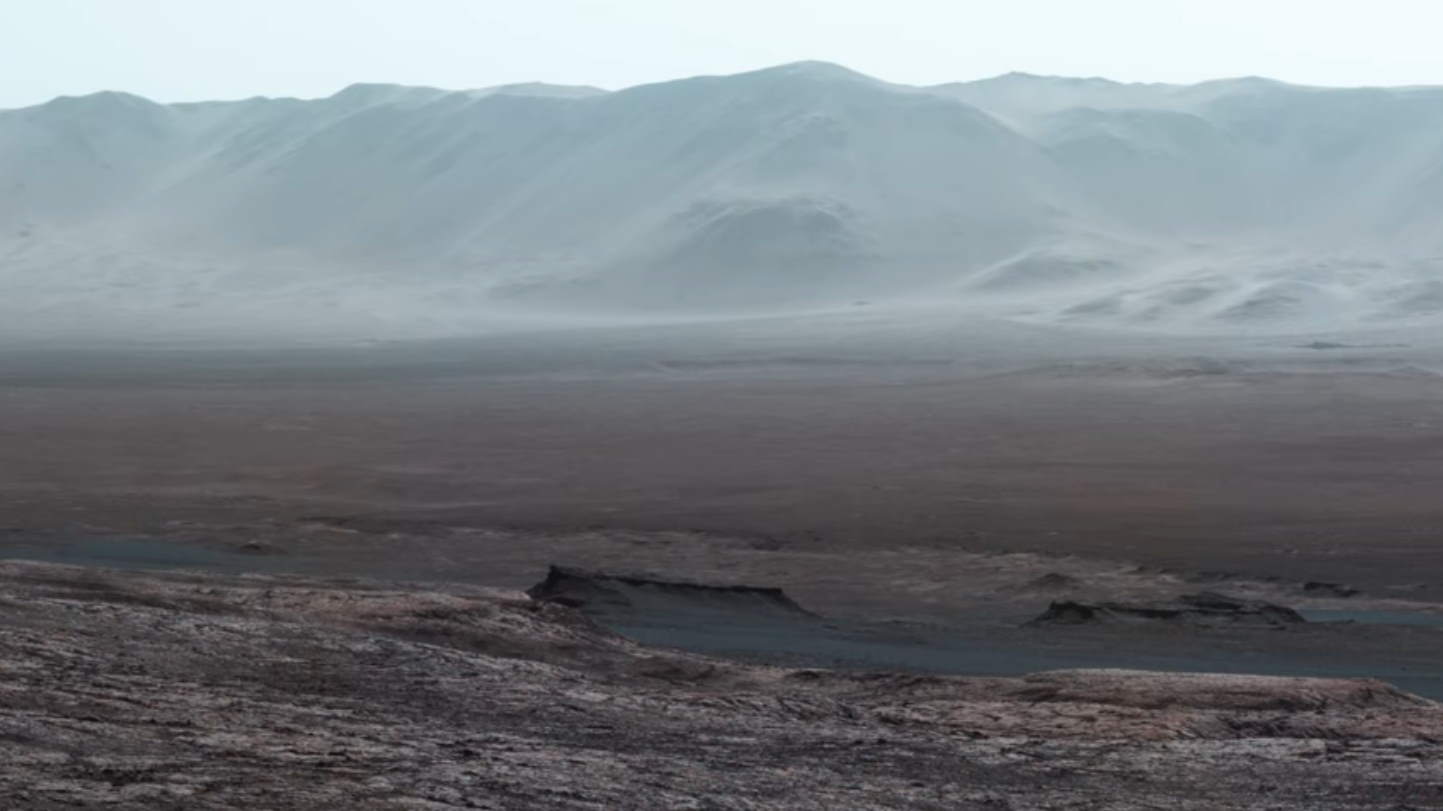Tyrannosaurus rex (rex meaning “king” in Latin) lived throughout what is now western North America 68 to 66 million years ago, during the Upper Cretaceous period. Back then, there was a big island (an island continent) called “Laramidia” there. But, how many Tyrannosaurus rex walked the Earth? At the same time, and in total? Ashley …
Continue reading “How many Tyrannosaurus rex walked the Earth?”









